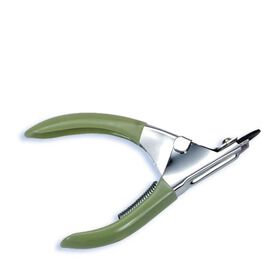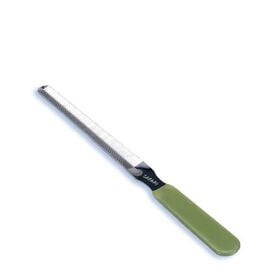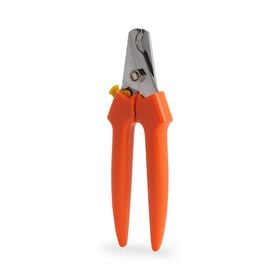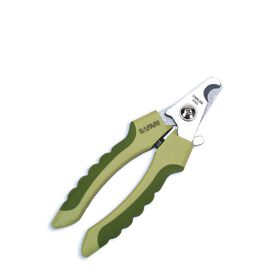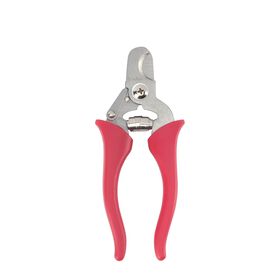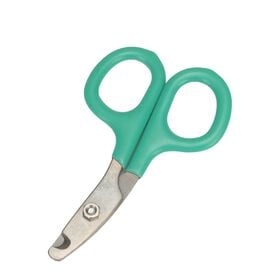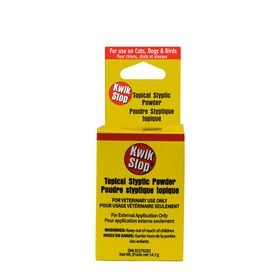Do you struggle when it comes to trimming your dog’s nails? Pets often don’t enjoy this routine, because we don’t usually take the time to do it right. Here are some tips for making this ritual an enjoyable experience for everyone involved!
The ‘whys’ and ‘hows’ of cutting nails
Cutting your dog’s nails is essential for their comfort, and is something that should be done on average once a month. However, remember that your dog’s age and medical condition both have an impact on how often their nails should be trimmed. In addition, if you have an active dog, some of their nails may wear out more quickly, so you may not need to cut them as often.
This care can be very easy if the nails are clear, but the job becomes more difficult with black nails. In order to avoid injuring your dog, you must stop right before reaching the vein and the nerve. If the nail is dark, look for the small dark dot in the middle. This will take some getting used to.
The proper tools and environment
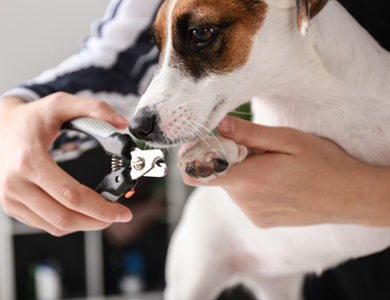
- There are a number of nail clippers on the market. Pick one that suits your comfort zone, the size of your dog, and the strength of their nails. It is important to invest in a quality nail clipper. A basic model can crush the nails rather than cutting them properly.
- Grab some of your dog’s favourite food. Using wet food can be a good option – while one person trims the nails, another uses a wooden spoon to reward the dog for good behaviour. If you are on your own, you can sit down and place the spoon handle between your knees. This way, both your hands will be free.
- Find a quiet spot for trimming the nails. Always using the same surroundings and items (cushion, blankets, music, tables, etc.) will make your dog feel less stressed. If the situation is predictable, it will not be as stressful for your dog.
Handling vs. restricting
It is important to get your puppy or dog used to getting handled. On the other hand, “handling” doesn’t necessarily mean that you have to hold your pet back if they try to get away. In other words, you shouldn’t let three people or more constrain your dog while you cut its nails or otherwise care for them. A series of negative experiences would elicit a strong reaction from your pet or, on the other end of the spectrum, inhibit their actions.
The key to any type of handling is to never force your dog to do anything. Your pet has to be able to retreat at will. However, they must understand that, if they let you trim their nails, they will be rewarded. If you teach your dog that they are free to go, and they will be much more likely to follow your orders.
The role of the dog trainer
If your dog is fearful, reactive or overly excited when it comes to cutting their nails, you should enlist the help of a dog trainer. With the help of an expert, you will give your pet an opportunity to learn to trust you. The bond between you and your pet can take some time to build. Furthermore, it can be quickly broken through a series of negative experiences.
A dog trainer not only acts as a bridge between you and your pet. They can also help teach your dog an enjoyable stance or behaviour when getting their nails trimmed. For example, they could teach your dog how to lay down on their side and keep still, or put their chin up on a piece of furniture, i.e. a couch or a table.
The trainer’s goal is to teach your dog a task that they can choose to do themselves, and then reward them for doing so. After a few sessions, your dog will be confident in their choices, in addition to being more focused and calm, versus being agitated and nervous when getting their nails trimmed.
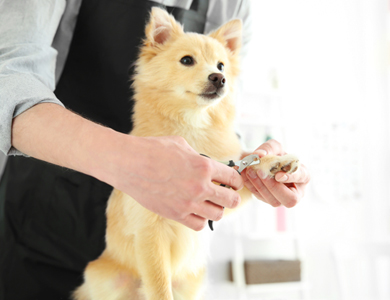
If you are not comfortable with cutting your dog’s nails yourself, you can get help from trained animal technicians, any other dog behaviour professionals or at Mondou! Did you know that we offer free, professional claw-clipping* at our stores? Our professionals know all the right techniques and most of them are studying to become certified animal health technicians (AHT) or veterinarians.


